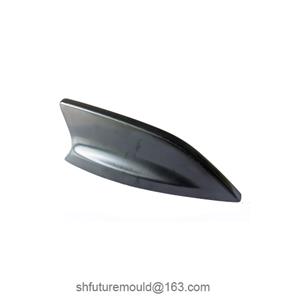Humidity Control in the Drying Process of Injection Molding Materials
Humidity control during the drying process of injection molding materials is critical to ensuring product quality. Moisture is a significant challenge in plastic processing. Excessive moisture content can lead to defects such as bubbles, silver streaks, and rough surfaces, severely affecting the performance and appearance of the final product.
Why Is Humidity Control Important?
1. Prevent Bubble Formation
At high temperatures, moisture vaporizes into steam, which can become trapped in the plastic melt during injection molding, forming bubbles.
2. Avoid Silver Streaks
Moisture reduces the viscosity of the plastic melt, impairing its flowability and increasing the likelihood of silver streaks.
3. Ensure Surface Smoothness
Excess moisture can cause watermarks or hazy patterns on the surface of the product, compromising its appearance.
4. Enhance Dimensional Stability
Moisture affects the shrinkage rate of plastics, leading to inconsistent product dimensions.
Key Factors in Humidity Control
1. Dew Point Temperature
The dew point temperature is a critical measure of air dryness. Select the appropriate dew point based on the characteristics of the material.
2. Drying Time
Drying time should be determined based on material thickness, hygroscopicity, and the performance of the drying equipment.
3. Drying Temperature
Excessive drying temperatures can accelerate material degradation, while too low temperatures prolong drying time. Choose a temperature suitable for the material's thermal stability.
4. Airflow Rate
Insufficient airflow reduces drying efficiency, while excessive airflow increases energy consumption.
5. Material Load
Overloading the dryer can impede the circulation of hot air, reducing drying efficiency.
Best Practices for Humidity Control
1. Material Characteristics
Different materials have varying levels of hygroscopicity and thermal stability. Select appropriate drying methods and parameters based on the material’s properties.
2. Ambient Temperature and Humidity
Environmental conditions impact drying efficiency. Control the ambient temperature and humidity to ensure consistent results.
3. Dryer Maintenance
Regularly clean and maintain the drying equipment to ensure its proper functioning.
- Injection Mold
- Automotive Injection Mold
- Electronics & Electrical Injection Mold
- Consumer Goods Injection Mold
- Airplane Components Injection Mold
- Medical Components Injection Mold
- Irrigation Components Injection Mold
- Injection Molds




